Volume 188
Published on October 2025Volume title: Proceedings of CONF-MCEE 2026 Symposium: Advances in Sustainable Aviation and Aerospace Vehicle Automation
The Space Shuttle orbiter, a pioneering reusable spacecraft, navigated complex aerodynamic challenges during atmospheric re-entry. This paper investigates the aerodynamic behavior of transonic flow around its delta-wing design, focusing on shock-induced separation, vortex formation, and unsteady aerodynamic effects during descent and landing phases. Utilizing computational fluid dynamics (CFD) methods, including Euler and Navier–Stokes equations with zonal grid techniques, alongside experimental wind-tunnel campaigns, the study evaluates lift, drag, pressure distribution, and stability derivatives across Mach numbers from 0.8 to 1.2. Key findings highlight the significant influence of wing–body aerodynamic coupling on flutter speed and control surface effectiveness. By integrating numerical predictions with empirical data, the analysis validates existing models and provides insights into practical implications for future aerospace vehicle design. The results offer engineers critical guidance for optimizing designs and mitigating aeroelastic risks, particularly in reentry and subsonic-to-transonic transition scenarios.

 View pdf
View pdf


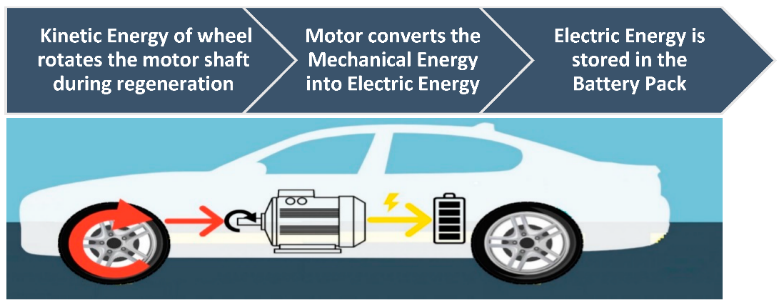
Due to the environmental concerns associated with conventional fuel vehicles, improving overall vehicle efficiency has become a key research priority. This paper investigates whether automotive energy recovery systems can effectively enhance efficiency and extend travel distance using the same input energy. Multiple recovery methods—including regenerative braking, mechanical flywheels, thermoelectric generators, Rankine cycle systems, and electric turbochargers—are assessed based on their overall efficiency. These systems aim to recollect and utilize waste energy to improve performance. Among hybrid vehicles, energy recovery remains the most critical factor for efficiency gains. Test results indicate that each method offers measurable benefits, such as reduced battery stress, improved acceleration, and extended range. Mechanical flywheels emerged as the most feasible solution, closely followed by regenerative braking. While all systems show potential, future studies must focus on optimizing control strategies and validating effectiveness under real-world, transient conditions to ensure consistent and scalable improvements in automotive efficiency.

 View pdf
View pdf


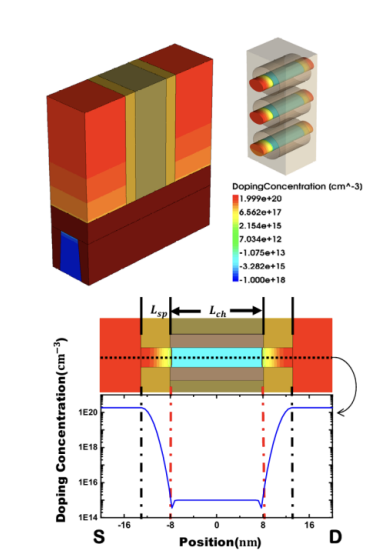
With the development of integrated circuit technology to 3 nm and below advanced nodes, traditional transistors are difficult to meet the requirements of high performance and low power consumption due to the short channel effect and insufficient electrostatic control ability. The gate-all-around field-effect transistor (GAAFET) has emerged as the core candidate of next-generation nanoelectronics devices under its unique structure. However, its complex structure brings many research problems, such as the traditional physical model is difficult to accurately describe the electrical characteristics, and the efficiency of parameter extraction is low. As semiconductor technology continues to move towards more advanced nodes, GAAFET is expected to become the core support to break through the limits of Moore's Law. In the future, we can focus on complex application scenarios, further strengthen the research on the performance stability and reliability of GAAFET, overcome the problems of precise control of multi-layer stack thermal coupling and noise suppression at different frequencies, and accelerate its industrialization from laboratory theoretical exploration. At the same time, we will actively expand the integration path with emerging technologies such as quantum computing assistant circuits and brain-like chips, tap more potential application scenarios such as ultra-low power Internet of Things devices and high-performance edge computation chips, help 5G/6G communications, artificial intelligence, and other frontier industries achieve leapfrog development, and open up a new technology track and growth space for the semiconductor industry.

 View pdf
View pdf


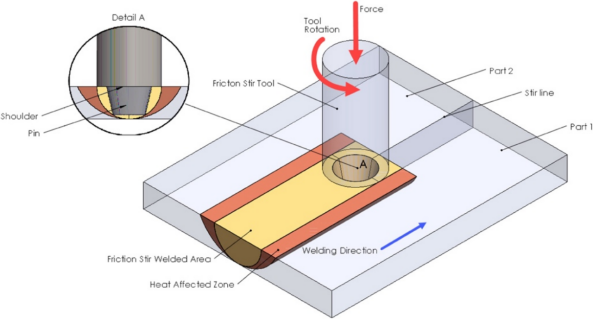
To enhance fuel economy and minimize emissions of vehicles, a lightweight design is currently considered the most viable option by the automotive industry. This paper will investigate mechanical joints and welded joints that connect different lightweight materials for assembly. An analysis has been conducted on multiple modern joint technologies, such as bolted joints, friction stir welding, MIG welding, laser welding, ultrasonic welding, and riveting. By using a machine to test the strength in tensile and shear, it was found that MIG welding has the highest strength in the welding field, with an endurance strength of 238.3 MPa. These findings are meant to furnish engineers with ideas on how to optimize the strength-to-weight ratio of assemblies with multiple materials in vehicles, as these will promote the manufacture of lightweight, well-balanced, and energy-efficient vehicles.

 View pdf
View pdf


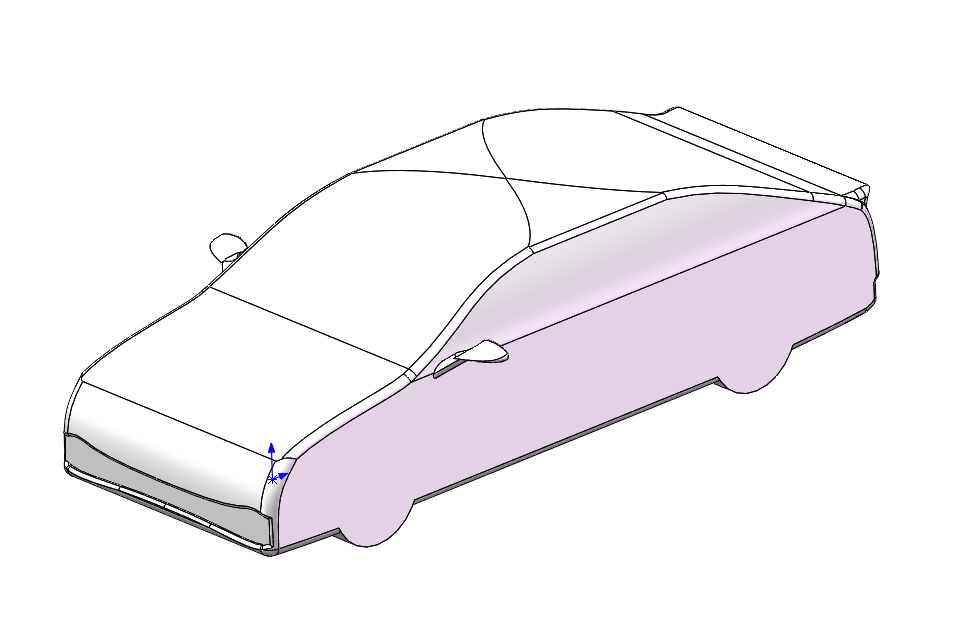
This study employed computational fluid dynamics (CFD) to evaluate and optimize the aerodynamic performance of three biomimetic roof vortex generator designs for automotive applications. The designs were inspired by the curvature of a shark's dorsal fin, the streamlined shape of a stingray's body, and the microstructural grooves of shark skin (with an initial 40 mm groove depth). Comparative analysis revealed that the shark skin-inspired vortex generator exhibited superior drag reduction characteristics compared to the more conventional biomimetic designs. The optimal configuration was determined through systematic variation of groove depth (35-55 mm). Results demonstrated that a 50 mm groove depth provided the most effective aerodynamic performance. This improvement translates to measurable fuel efficiency gains in vehicle operation. The study highlights the potential of bioinspired engineering solutions in automotive aerodynamics, particularly the effectiveness of shark skin microstructure replication.

 View pdf
View pdf


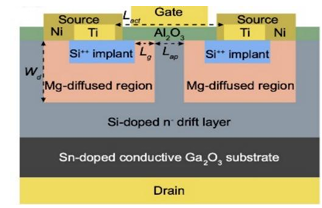
Gallium oxide power devices (Ga₂O₃ power devices) have attracted significant attention in the field of power electronics due to their excellent wide bandgap characteristics. This paper analyzes their operating principles, including device structure and operational characteristics, and discusses the key factors affecting reliability as well as the current state of research. Particular emphasis is placed on the physicochemical mechanisms of thermal failure and electrical breakdown failure, revealing the complexity of failure behaviors. Reliability testing methods, such as mechanical stress testing and accelerated lifetime testing, are also introduced. Finally, strategies for improving reliability through material enhancements (such as doping techniques) and process optimization are proposed, providing guidance for the research, development, and application of gallium oxide power devices.

 View pdf
View pdf


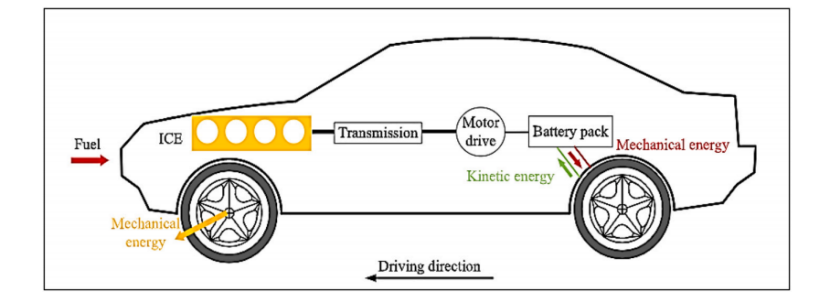
The rapid growth of the global automotive industry has led to increased fuel consumption and significant environmental challenges, particularly in the form of CO₂ emissions. Energy recovery systems (ERSs) offer a promising solution to improve vehicle efficiency and reduce environmental impact. This paper evaluates five prominent energy recovery methods: regenerative braking, mechanical flywheel, thermoelectric recovery, Rankine cycle, and electric turbocharger, to determine their effectiveness in reducing fuel consumption and enhancing energy efficiency. Through a comprehensive review of experimental and simulation-based studies, each method is analyzed under various driving conditions, including urban, highway, and other cycles. Results indicate that the Rankine cycle achieves the highest theoretical efficiency (peak 23.7%, average 5.50%) under stable high-speed conditions, while regenerative braking excels in urban settings with frequent deceleration (38.8–54.2% recovery efficiency). Mechanical flywheels show strong performance in high-power transients (up to 39% fuel savings), whereas thermoelectric and electric turbocharger systems provide more modest gains. The study concludes that the optimal energy recovery strategy is highly dependent on specific driving conditions, and selection of the most appropriate technology should be based on the predominant operational profile of the vehicle.

 View pdf
View pdf


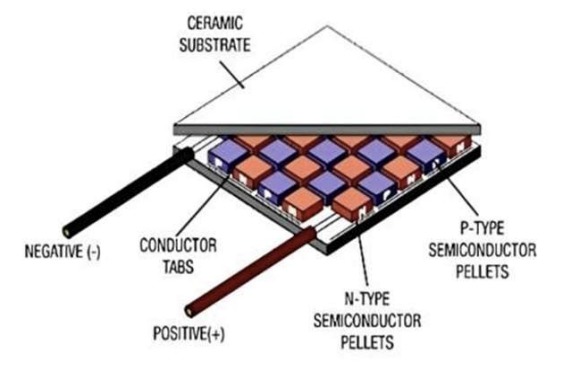
This study will investigate five energy recovery systems. The feasibility of implementation and fuel efficiency are the standards for evaluating electric turbochargers (E-Turbos), mechanical flywheels, thermoelectric generators (TEGs), Rankine cycle generators and regenerative braking systems (RBSs). The feasibility of E-Turbos was evaluated under the Worldwide Harmonized Light Vehicles Test Cycle (WLTC) and the New European Driving Cycle (NEDC). RBSs showed high feasibility and recovered up to 50% of braking energy. TEGs generated an average of 5.8W of electrical energy. Flywheel energy storage systems (FESSs) can help buses increase efficiency by nearly 40%. An organic Rankine Cycle (ORC) generator can recover up to 34% of energy. RBSs were found to be the most effective and feasible solution among those evaluated. Future research should focus on optimizing the integration of regenerative braking system with hybrid or electric powertrains, and exploring the potential of combing multiple energy recovery methods and control strategies.

 View pdf
View pdf


The advantages of low power consumption are evident: significantly re ducing system operational costs and facilitating startup conditions. Lowpower design provides a perpetual development goal for circuits, driving continuous efforts to minimize power consumption. This study systematically analyzes the current status and future optimization pathways of low-power design techniques for digital circuits, focusing on two core directions: circuit simplification and hardware innovation. Through literature review and tool experiments (such as Boolean logic optimization using SymPy and Karnaugh map simplification with Logic Friday), the research quantitatively evaluates the effects of multi-level optimization: at the hardware level, employing partitioned multi-supply multi-voltage (MSMV) domains and dynamic voltage and frequency scaling (DVFS) can achieve 30%-50% power reduction, while novel materials (e.g., carbon nanotube transistors) can suppress static power consumption to 0.05pA. The findings indicate that future advancements require integrating AI-driven automation toolchains (such as Q-learning for logic expression optimization) with cross-layer co-design approaches (including in-memory computing and neuromorphic architectures) to break through the “energy wall” limitation. Software tools need to enhance multi-output cooperative optimization capabilities, while hardware innovation should rely on the convergence of AI and materials engineering, ultimately achieving full lifecycle energy efficiency optimization.

 View pdf
View pdf


Poly-anionic compounds (PACs) have emerged as one of the most promising cathode materials for sodium-ion batteries due to their stability, safety, and suitable working voltage. Manganese-based materials, with manganese as the transition metal element, have high cost-effectiveness and strong high-voltage capacity. They are also safe and environmentally friendly. This paper systematically reviews the research progress of manganese-based poly-anionic materials for sodium-ion batteries through literature research, focusing on the working principle of sodium-ion batteries and the structure and electrochemical performance about six common types of manganese-based poly-anionic materials. The research finds that manganese-based PACs show good application prospects due to their three-dimensional stable framework, high voltage and high energy density potential brought by the double-electron reaction. However, they generally have poor electronic conductivity, some materials have actual specific capacities lower than theoretical values, and low ion diffusion efficiency at low temperatures. Ion doping and structural optimization can effectively improve these deficiencies. In addition, this review discusses the important role of technologies such as artificial intelligence in promoting the sustainable development of sodium-ion batteries in the future.

 View pdf
View pdf



